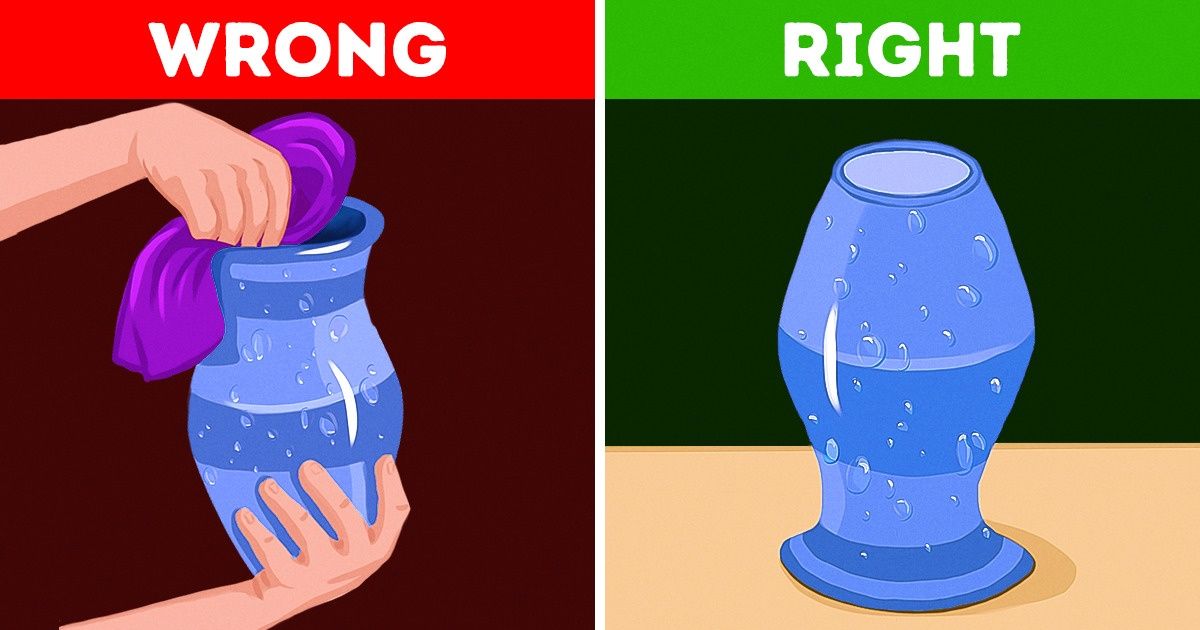Flowers are a timeless symbol of beauty and affection, often gracing our homes and special occasions. However, their lifespan is notably limited, especially when removed from water. Understanding how long flowers can last out of water, along with a few pro tips to extend their freshness, can make all the difference in keeping your floral arrangements vibrant and alluring.
Typical Lifespan of Cut Flowers Out of Water
When cut flowers are taken out of water, their lifespan can diminish swiftly. Most flowers generally last between a few hours up to a day without water. Some resilient species may endure slightly longer, but this is not the norm. The lack of hydration rapidly leads to wilting, drooping, and eventual decay. The exact duration varies depending on the flower type, local environmental conditions like temperature and humidity, and the initial freshness of the bloom.
Factors Influencing Longevity
- Flower Species: Different flowers exhibit varying tolerances to being out of water. For instance, hardy varieties such as chrysanthemums and sunflowers can last a day or more, while delicate blooms like tulips or roses falter quickly.
- Temperature: Warm environments exacerbate the drying process, causing flowers to dehydrate rapidly. In cooler settings, flowers may retain moisture longer.
- Humidity Levels: A higher humidity level can prolong the time flowers stay fresh out of water, while arid conditions encourage quick desiccation.
Pro Tips for Extending Freshness
While it is clear that flowers cannot thrive indefinitely without water, there are several strategies that can help prolong their life and maintain their beauty:
1. Keep Them Cool:
Storing flowers in a cooler location helps slow down the metabolic processes that lead to wilting. Even if flowers must be kept without water, placing them in a shaded, temperate spot can extend their freshness for several hours. Air-conditioned environments are ideal, especially during sweltering summer months.
2. Moisture Preservation Techniques:
If water is not immediately available, consider wrapping the stems in a damp cloth or paper towel. This temporary solution can provide some moisture, delaying wilting and keeping the flowers hydrated for a short period. Ensuring that the cloth remains moist is crucial, as a dry wrap provides no benefit.
3. Use a Floral Mist:
Floral misters are an excellent tool for those looking to maintain the appearance and longevity of cut flowers. A light spray on the petals can introduce necessary moisture without soaking the stems. This technique is particularly effective for delicate blooms that are prone to bruising when saturated.
4. Trim the Stems:
Before placing flowers in water or when you anticipate a dry spell, trimming the stems at a 45-degree angle can significantly help. This action increases the surface area for water absorption when they return to hydration, ensuring that they can recover more quickly from short periods out of water.
5. Gather in Bunches:
When transporting or handling flowers, keeping them bundled can provide some natural support against wilting. The petals and leaves retain more moisture when flowers are crowded together, reducing the rate of evaporation.
6. Use a Floral Food:
If you have access to floral food, use it when you do place flowers back in water. These nutrient solutions help nourish the blooms and can prolong overall freshness, effectively counteracting the stress caused by being out of water.
7. Limit Exposure to Light:
Artificial or direct sunlight can hasten wilting. If you need to keep flowers out of water temporarily, store them in a location that is dimly lit. This tactic reduces the energy demand on the flowers and prolongs their longevity in dry conditions.
8. Monitor for Signs of Stress:
Pay attention to how flowers react after being out of water. If petals begin to droop or discolor, immediate rehydration is necessary. Even if only a few hours have passed, addressing the issue promptly can salvage the flowers.
Conclusion
While flowers undoubtedly thrive in water, a comprehensive understanding of their characteristics when out of water can empower enthusiasts and caretakers alike to extend their freshness. With careful attention to the factors influencing their longevity and employing effective strategies, you can enjoy the beauty of your floral arrangements for as long as possible, even in less-than-ideal circumstances. With these pro tips in mind, you can savor the allure of flowers to brighten your space and uplift spirits.

